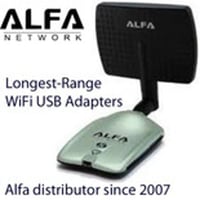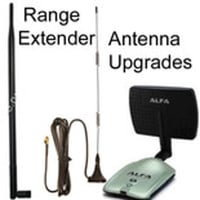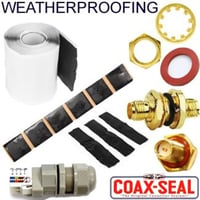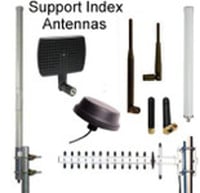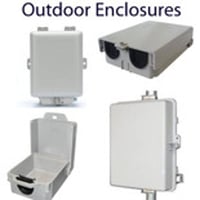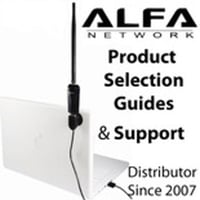U.FL to U.FL Cables
U.FL to U.FL Antenna Cable Connectors
SEE LIST OF ARTICLES ABOUT U.FL CABLES AND CONNECTORS
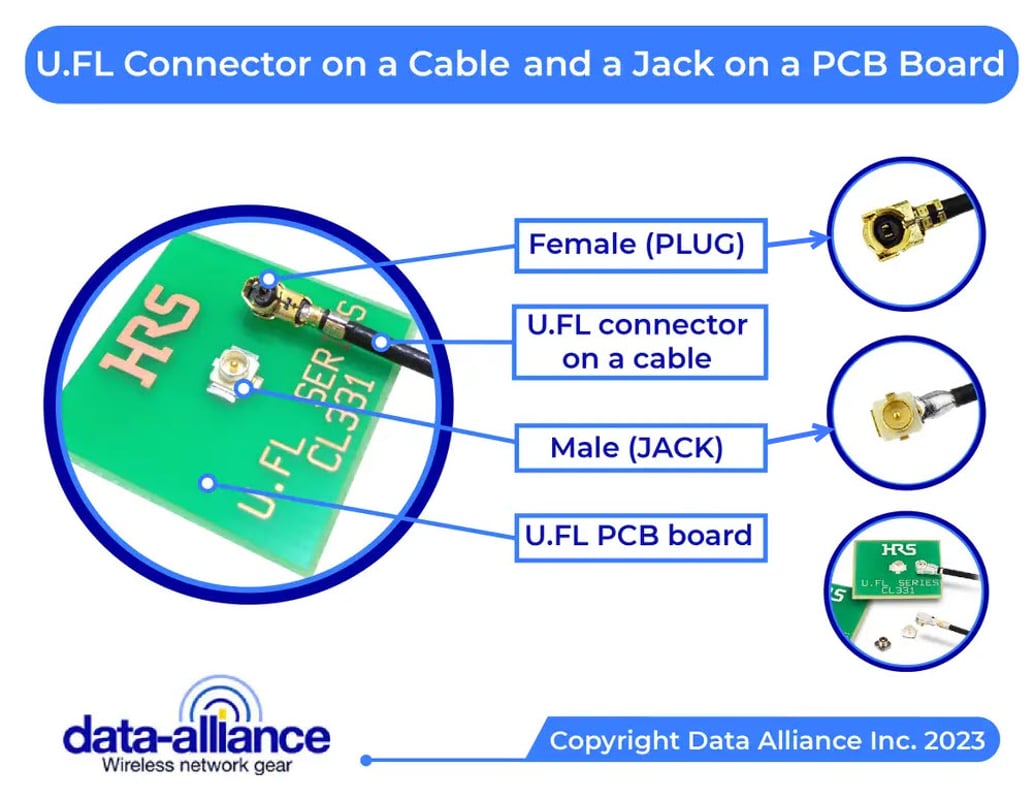
U.FL connectors are UMCC (Ultra Miniature Coax Connectors) made for high radio frequencies (up to 6 GHz). A U.FL connection stands only 2.5mm high when mated. The small profile and right-angle joint make it ideal for applications where space is at a premium — for example, to connect a WiFi antenna to a mini PCI card inside a slimline laptop. A U.FL cable may also connect to a GPS antenna or a Bluetooth Beacon.
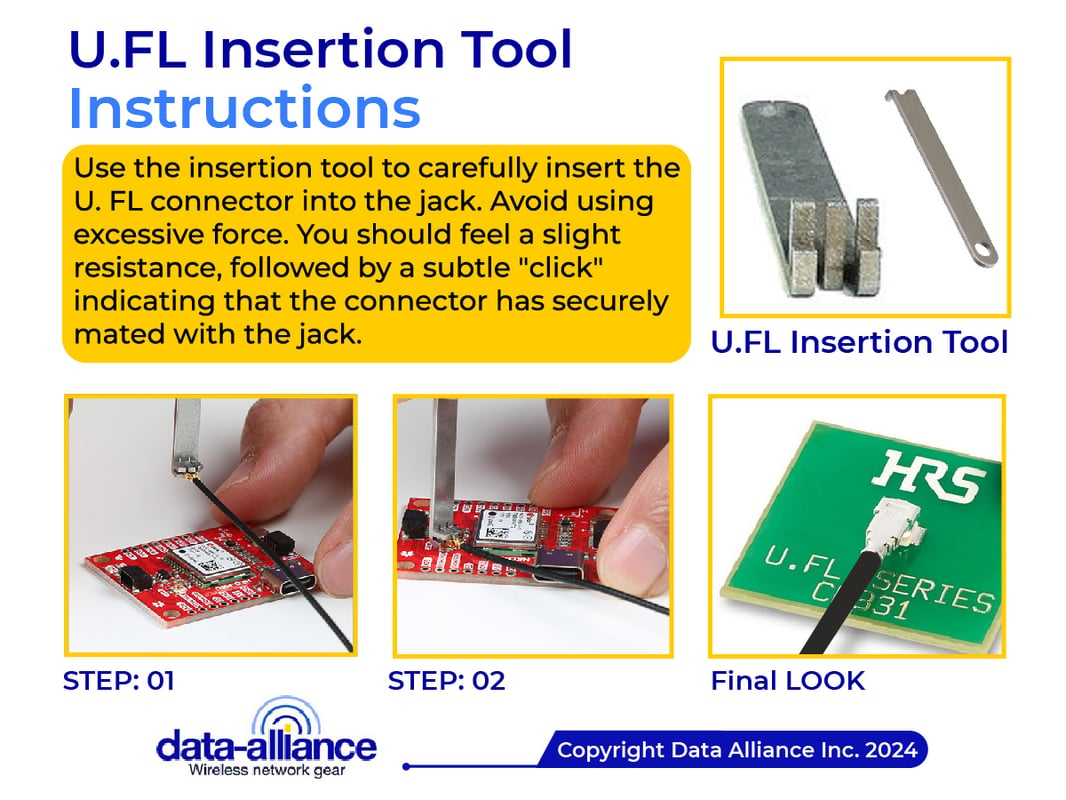
Befitting a part that might end up in the chassis of a laptop, this connection is meant to stay put when mated. Snapping and unsnapping it several times will cause the female connector to wear out. It would then need to be replaced, along with the attached coaxial cable.
The male connector is usually soldered directly onto the circuit board as a jack, small enough to take up as little as 9mm of space. The female connector snaps onto the male connector, secured by pressure from the metal snap structure.
Applications:
U.FL connectors are used in many antenna cable applications to connect antennas to circuit boards, such as in electronic measuring instruments, Bluetooth beacons, wireless communication devices, and GPS antennas. The connectors are common in the latest devices, i.e. Internet of Things (IoT) devices and as jacks on circuit boards (U.FL jack on PCB).
U.FL cables are common in applications where space is a critical concern. To meet the frequency requirements of many miniature devices, U.FL connectors provide high-frequency performance ranging from DC to 6 GHz.
The connectors have notable advantages revolving around their small and inexpensive nature. However, they may be more fragile and harder to use in some applications when compared to larger RF connector types such as SMA.
U.FL connectors / Antenna cables w/ U.FL connectors
The Hirose U.FL connector is a type of radio frequency (RF) connector used to connect coaxial cables. It is the smallest RF connector on the market.
- U.FL (sometimes called UMCC) is rated up to 6Ghz.
A U.FL connection stands only 2.5mm high when mated. The small profile and right-angle joint make it ideal for applications where space is at a premium - FOR EXAMPLE: to connect a WiFi antenna to a miniPCI card inside a slimline laptop.
- A U.FL cable may also connect to a GPS antenna or a Bluetooth Beacon.
Befitting a part that might end up in the chassis of a laptop, this connection is meant to stay put when mated. Snapping and unsnapping it several times will cause the female connector to wear out. It would then need to be replaced, along with the attached coaxial cable.
The male connector is usually soldered directly onto the circuit board as the jack: The jack is small enough to take up as little as 9mm x 9mm of space. The female connector snaps onto the male connector, secured by pressure from the metal snap structure.
A U.FL cable is typically a double-shielded 1.32mm coax. To fit in tight spaces, a thin and flexible 1.13mm coaxial cable may also be used. The largest antenna cable to feature U.FL is the 3mm RG174. Thicker but still flexible, the RG174 coax is not double-shielded and delivers less signal loss than its 1.32mm or 1.13mm counterparts.
The small size of U.FL and MMCX connectors has made them an excellent fit in Internet of Things (IoT) applications since they take up very little space in the cramped cases of small devices, such as Bluetooth beacons.

